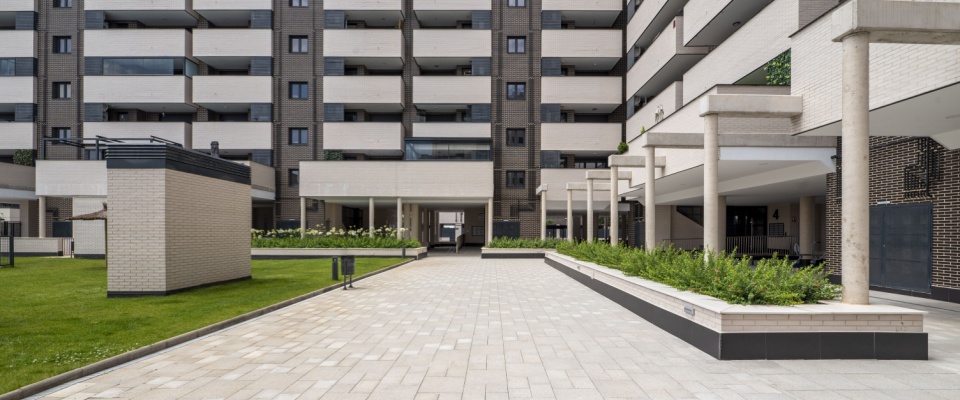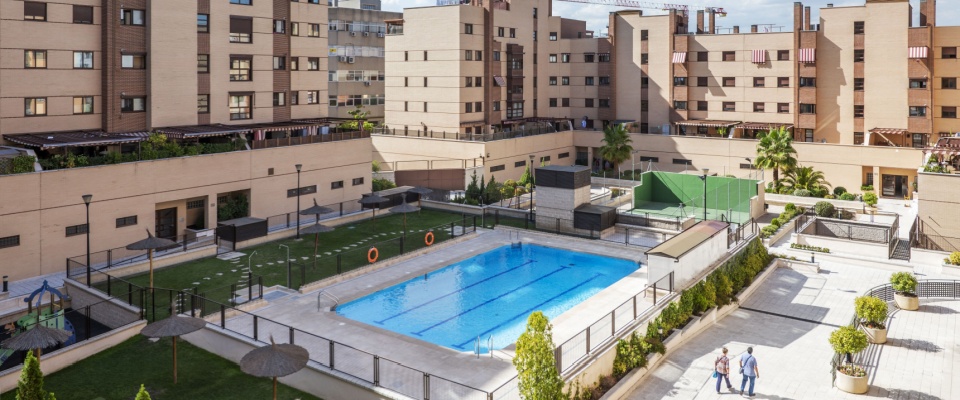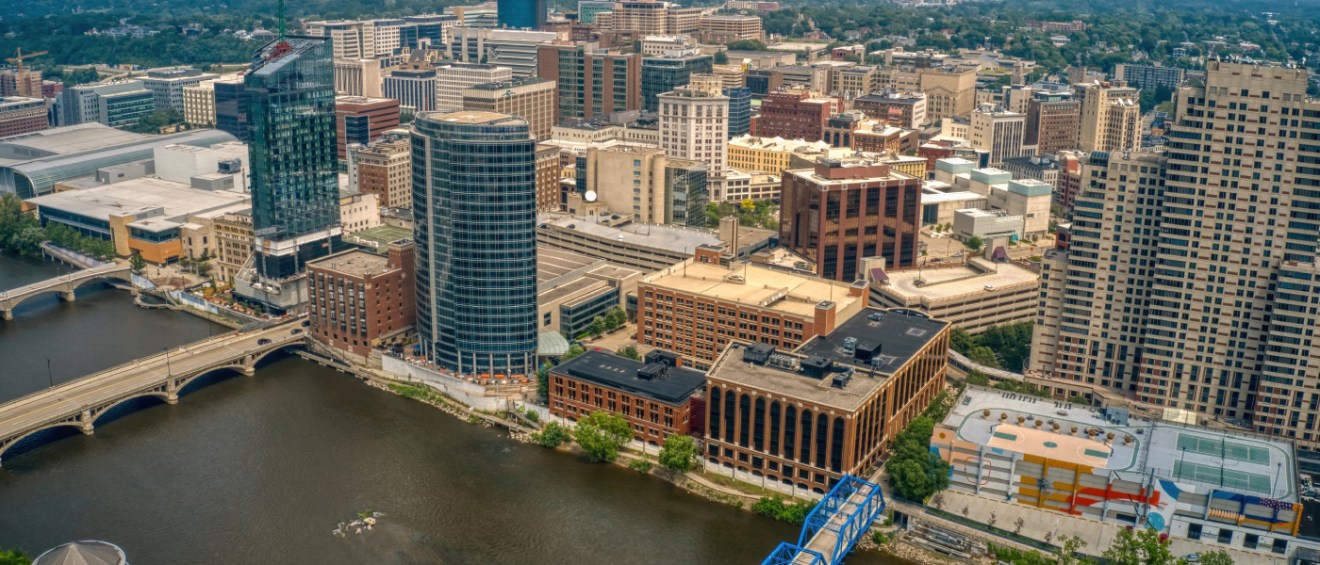Share this article:
Renting an apartment in a well-kept residential building has its perks: a clean lobby, secure entryways, neatly trimmed landscaping, and functioning amenities, just to name a few. But those perks don’t maintain themselves. One of the most common (and often overlooked) expenses that renters encounter is something called common area maintenance fees. While the term might sound straightforward, the details can sometimes be less than clear.
Understanding common area maintenance fees is essential for anyone who wants to make informed financial decisions and avoid unpleasant surprises. These fees help ensure that shared spaces are clean, safe and functional, thereby allowing everyone in the building to enjoy a well-maintained environment.
Whether you’re new to renting or just brushing up on your knowledge, this guide will help you unpack what these fees are all about.
Common area maintenance fees: The foundation of a well-maintained property
Common area maintenance fees — often abbreviated as CAM fees — are charges designed to cover the cost of maintaining the shared spaces in a building or community. These spaces could include lobbies; hallways; elevators; parking lots; outdoor landscaping; and even amenities like gyms or lounges, depending on the type of property.

Rather than each renter being responsible for cleaning and maintaining these areas individually, the costs are shared proportionally among everyone who benefits from them. This ensures consistency, quality and efficiency when it comes to upkeep. Common area maintenance fees are usually included in your monthly rent or appear as a separate line item in your payment breakdown. The exact setup depends on your lease and your building’s management practices, but the idea remains the same: everyone contributes to the upkeep of spaces everyone uses.
What’s included in common area maintenance fees?
Understanding the typical components of common area maintenance fees can help you determine exactly where your money is going. Here are some of the usual suspects:
1. Cleaning services for shared spaces
A clean and hygienic environment is essential in shared buildings. Therefore, common area maintenance fees often cover the routine cleaning of lobbies, hallways, stairwells and elevators.
2. Landscaping & exterior maintenance
Whether it’s freshly mowed lawns, neatly pruned shrubs, or seasonal flower beds, your building’s curb appeal requires regular care. For this reason, landscaping services are commonly part of these fees.
3. Repairs & general maintenance
Shared spaces experience wear and tear from daily use, and regular repairs are necessary to keep everything in working order. This could include fixing lighting, HVAC systems, flooring, entry doors, elevators and plumbing in communal areas. Accordingly, CAM fees help cover these essential repair costs, ensuring issues are addressed promptly and professionally.

4. Security services
In some buildings, a portion of your maintenance fees may go toward on-site security personnel, camera systems, keycard entry systems, or other safety measures. These services are designed to ensure residents feel safe in their homes and in the common areas.
5. Utilities for common spaces
Electricity, water and even gas costs for shared areas are typically included in the common area maintenance fees. For example, the electricity used to power hallway lights, exterior lighting, elevators, and lobby heating or cooling systems is usually paid for collectively through this fee.
How are common area maintenance fees calculated?
Though the specifics vary from property to property, CAM fees are usually calculated based on a simple division of total costs across all units, or sometimes by square footage if units vary significantly in size.
For example, if your building’s total maintenance costs come to $20,000 annually and there are 20 equally-sized apartments, each unit might contribute $1,000 a year, or roughly $83 per month. In buildings with larger or more luxurious shared spaces, fees may be higher to account for the additional services and maintenance required.

Some leases will include a flat monthly rate for these fees, while others may itemize the costs and provide updates on how they’re used. If you’re unsure how your fees are calculated or where the funds are going, don’t hesitate to ask your property manager
A well-managed building isn’t just an accident: It’s the result of steady, ongoing work, and these fees ensure that the lights stay on, the hallways stay clean, and the grounds stay safe and attractive. So, the next time you walk into a spotless lobby or a well-lit parking lot, you’ll know exactly where your investment is going.
Share this article:
Adina Dragos is a real estate writer and research analyst with RentCafe. She has solid experience in real estate writing, covering topics ranging from best cities for renters and the top cities for rental activity to cost of living. Her work was featured in several prominent media channels such as Axios, The Dallas Morning News, ConnectCre and The New York Times.
The Ready Renter has your back
Tips, news, and research curated for renters, straight to your inbox.




Related posts
Subscribe to
The Ready Renter newsletter







